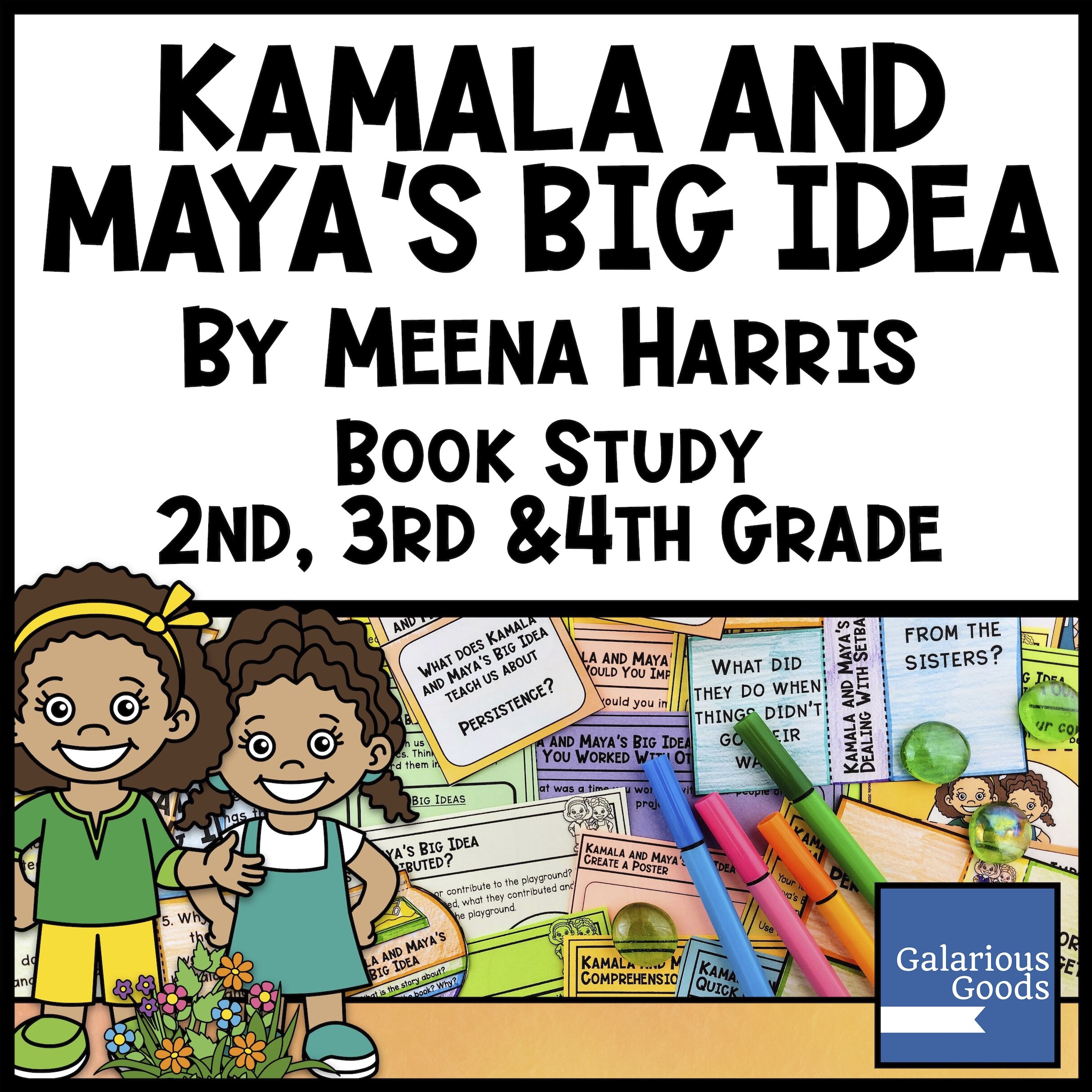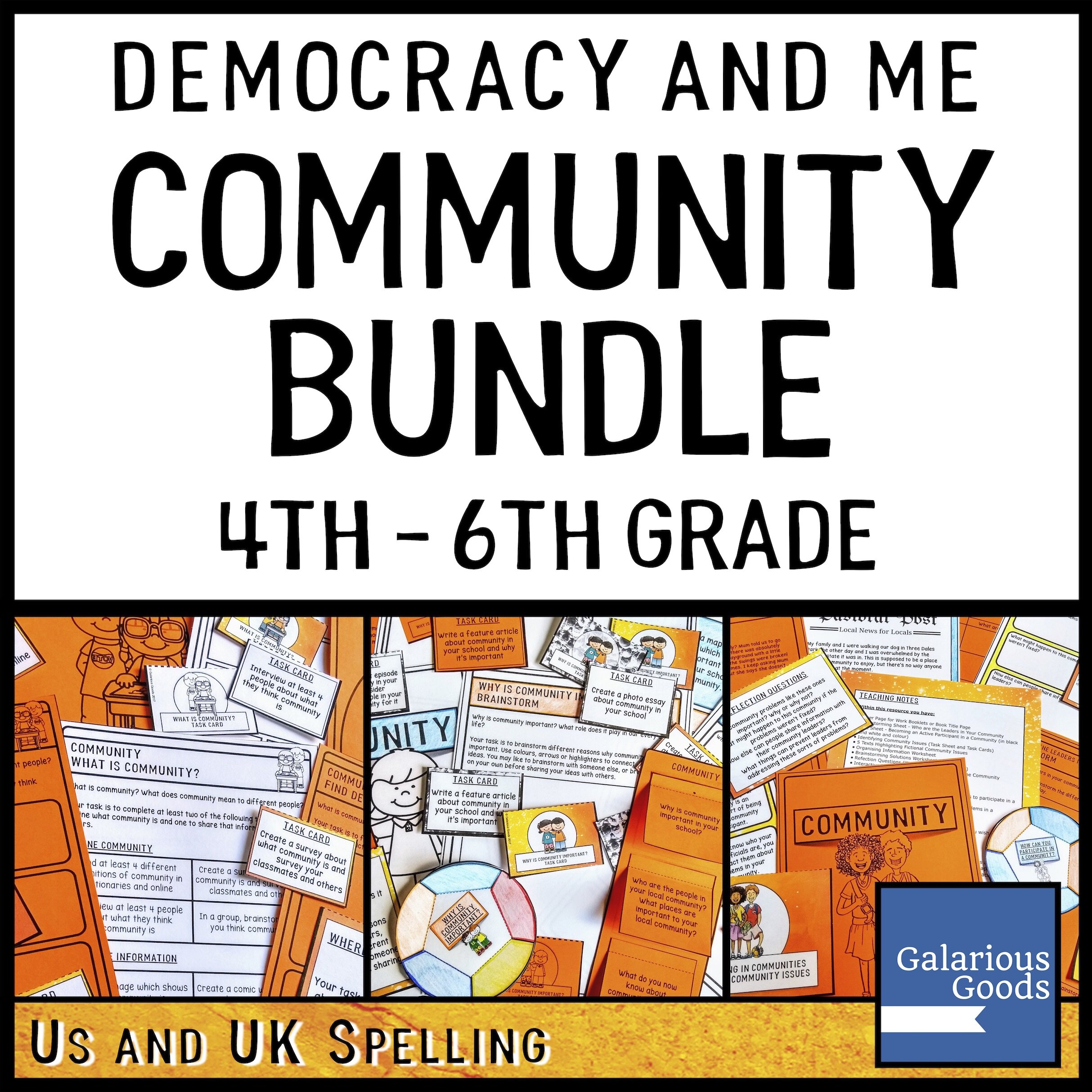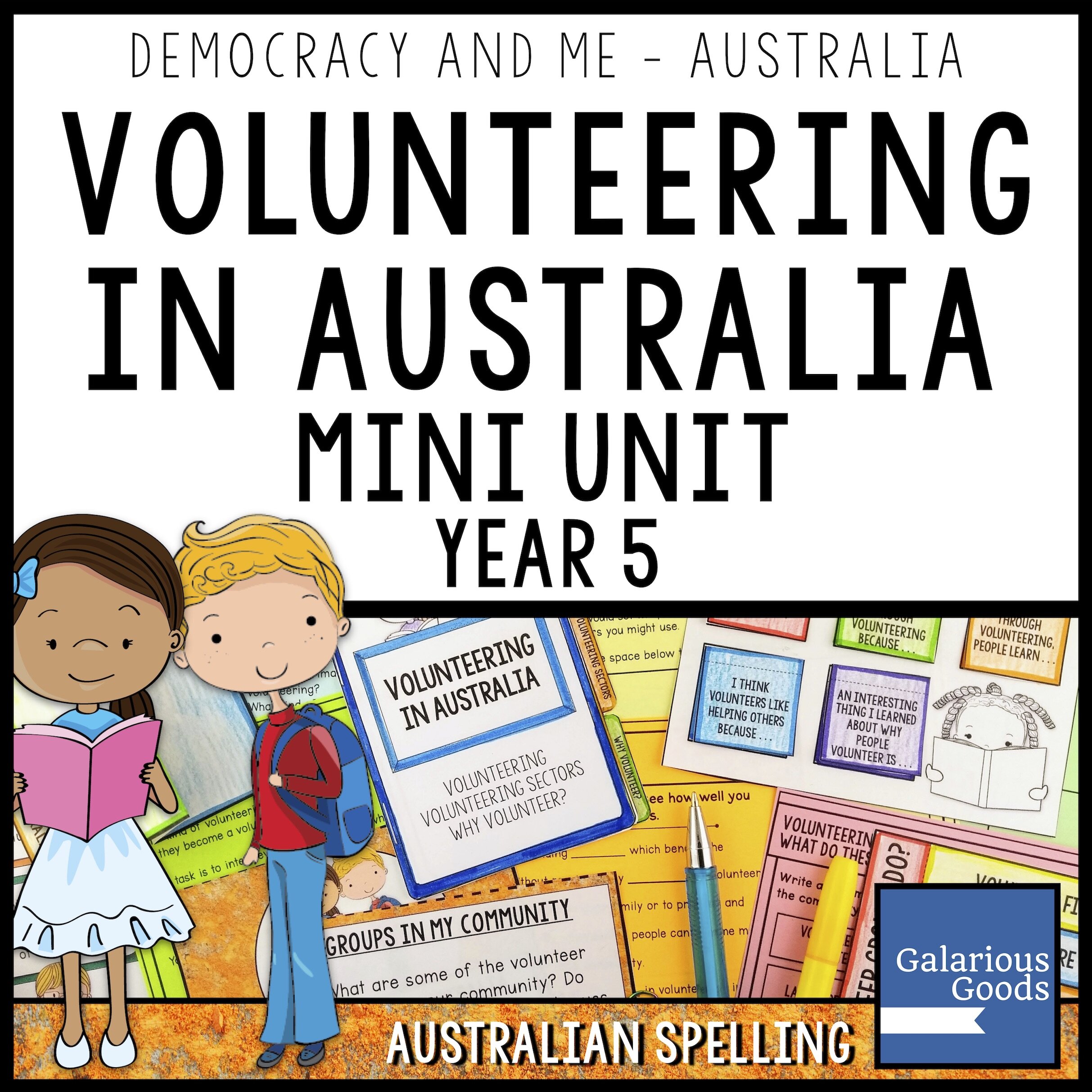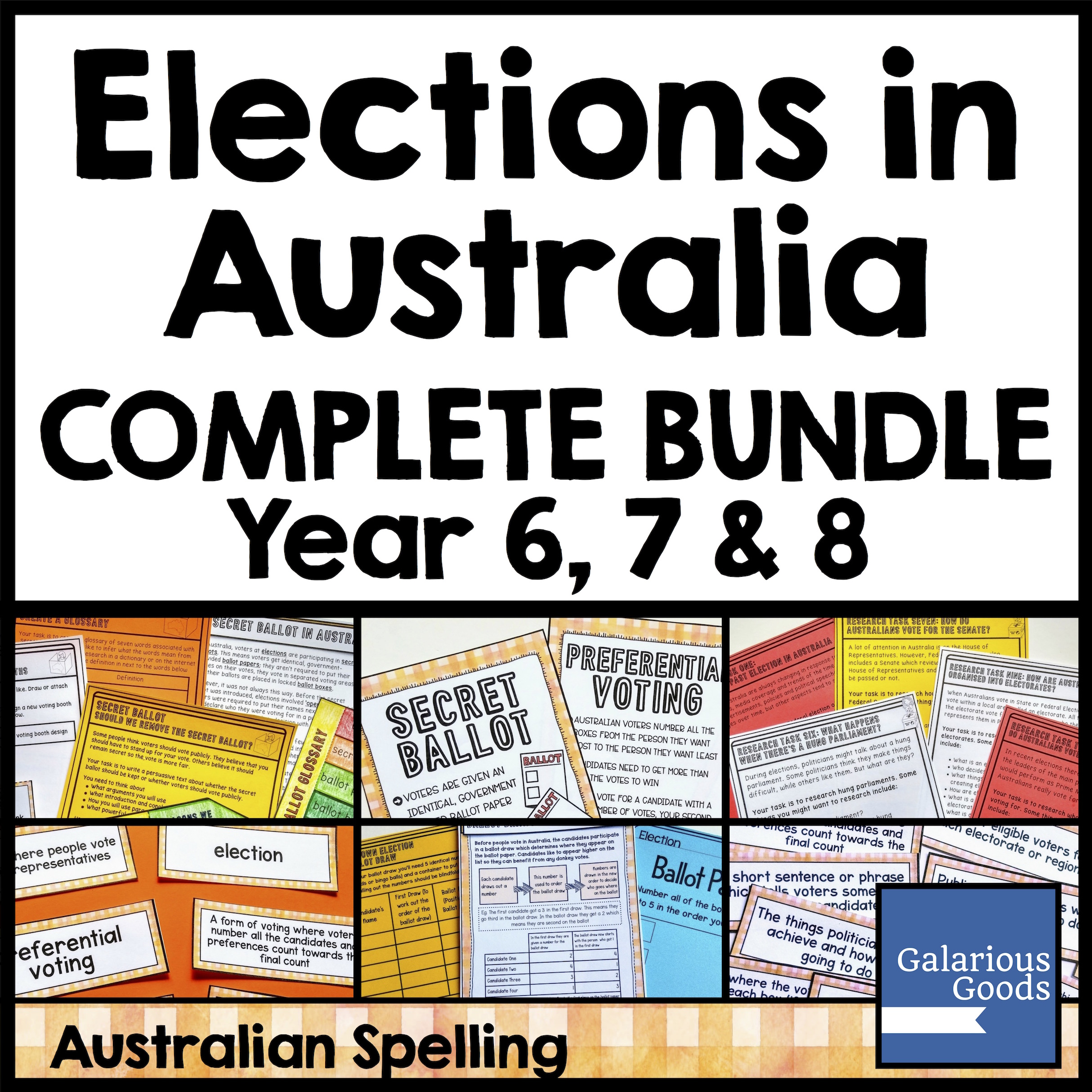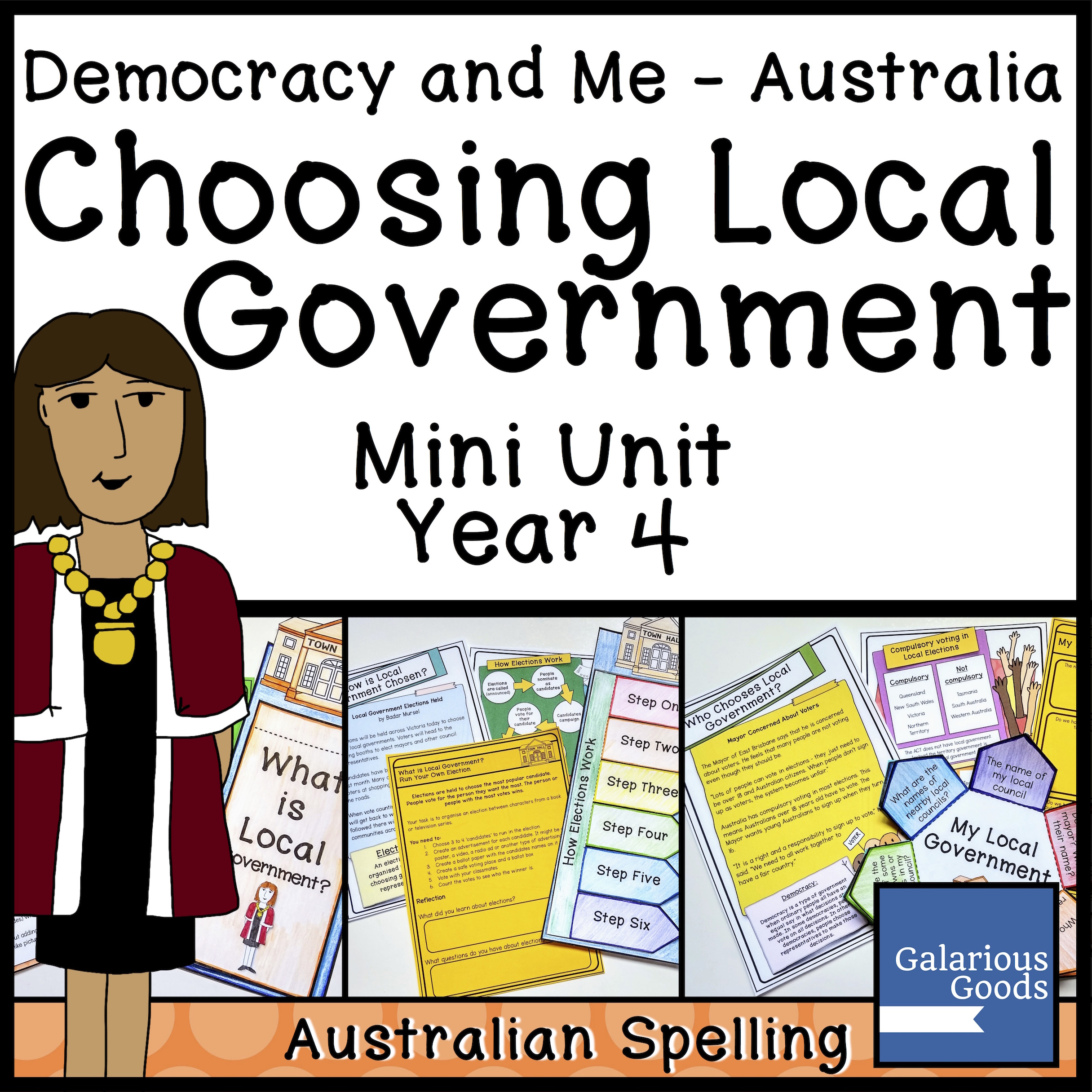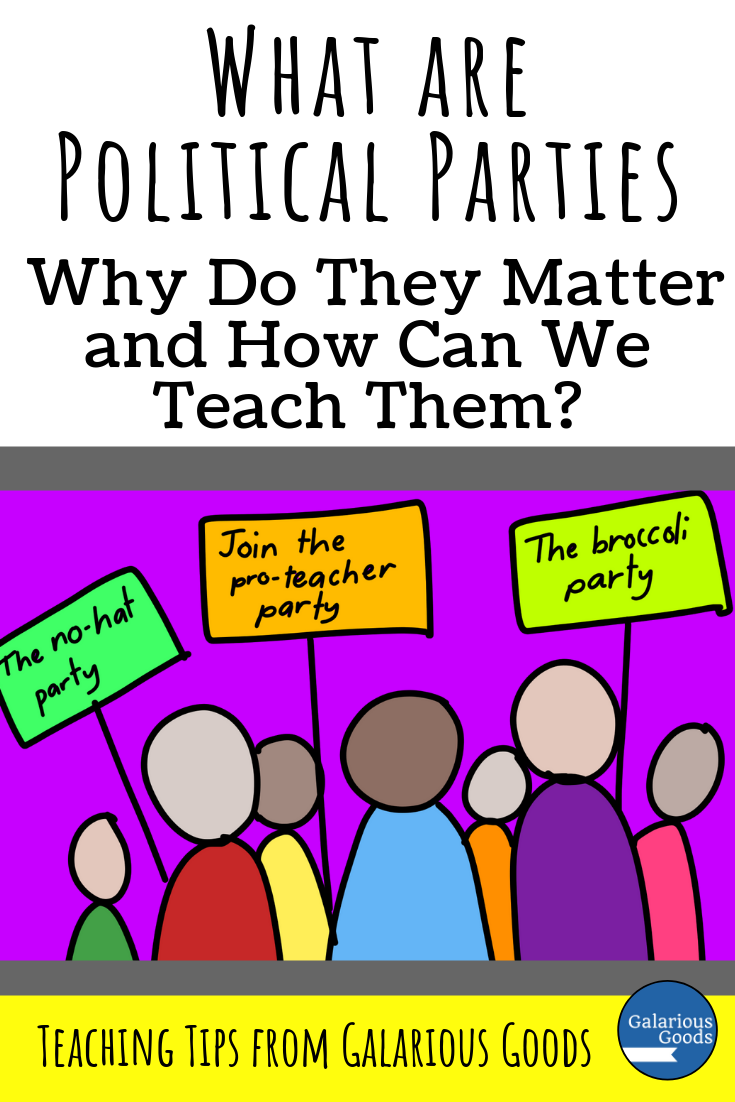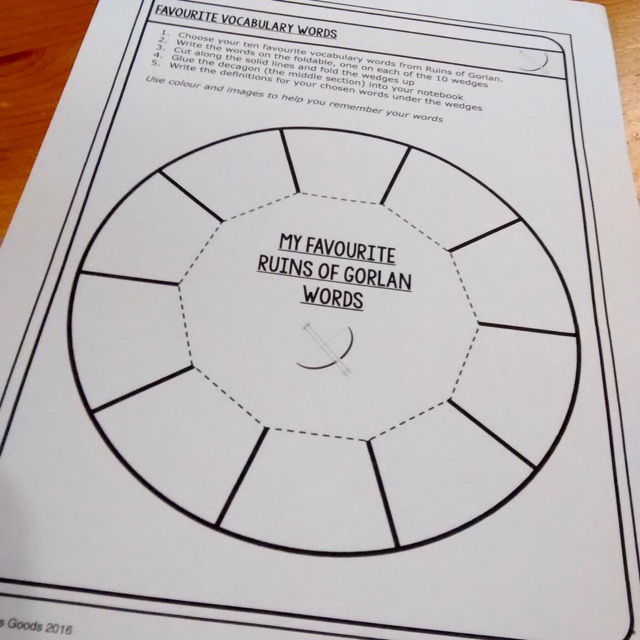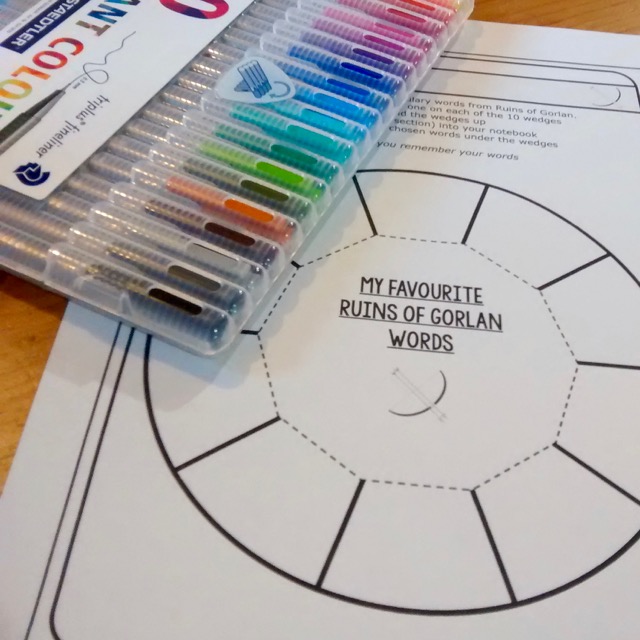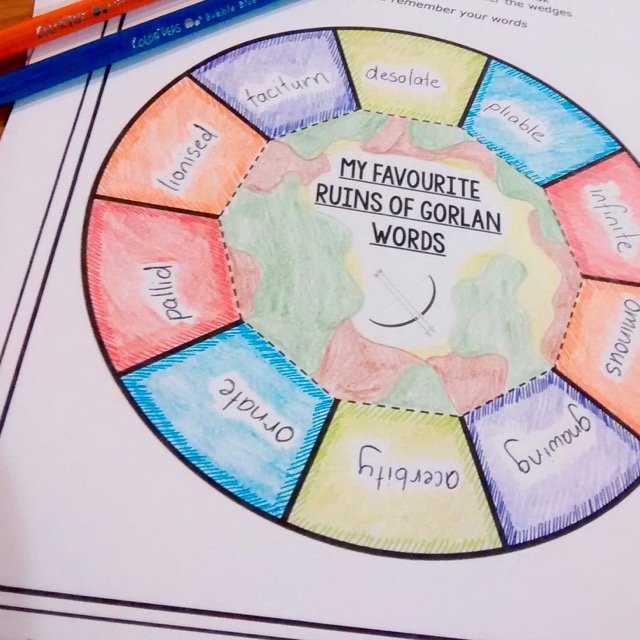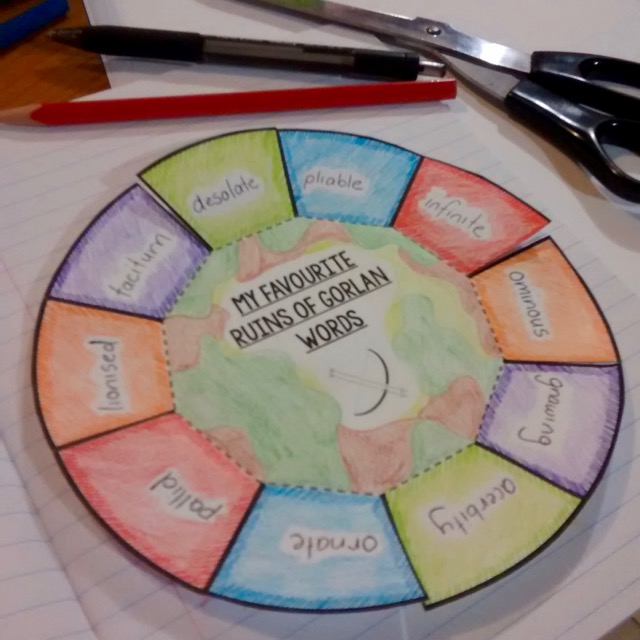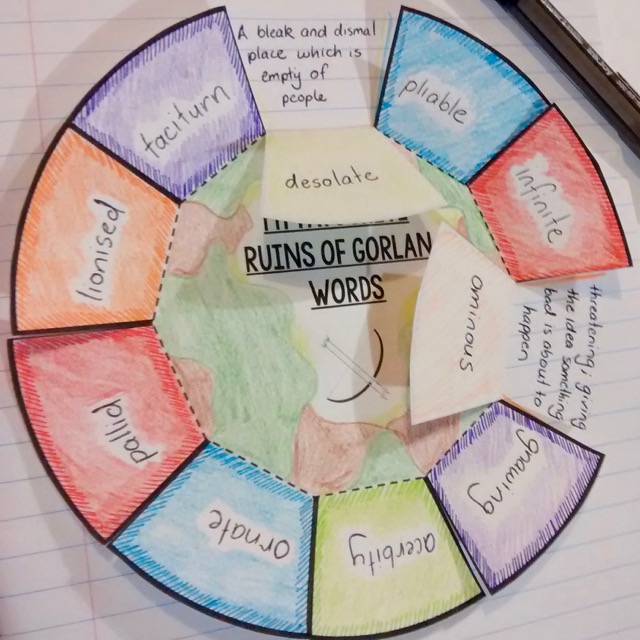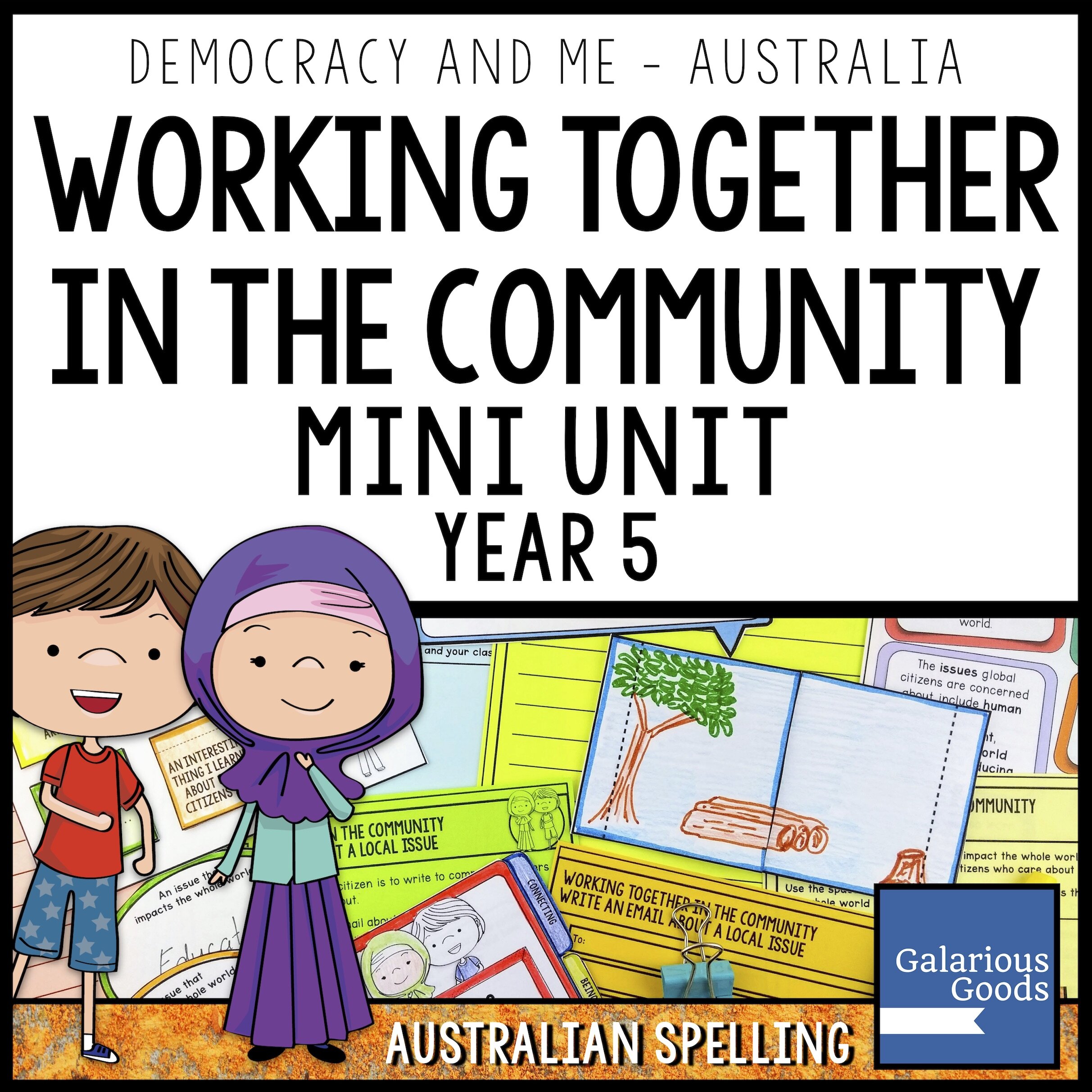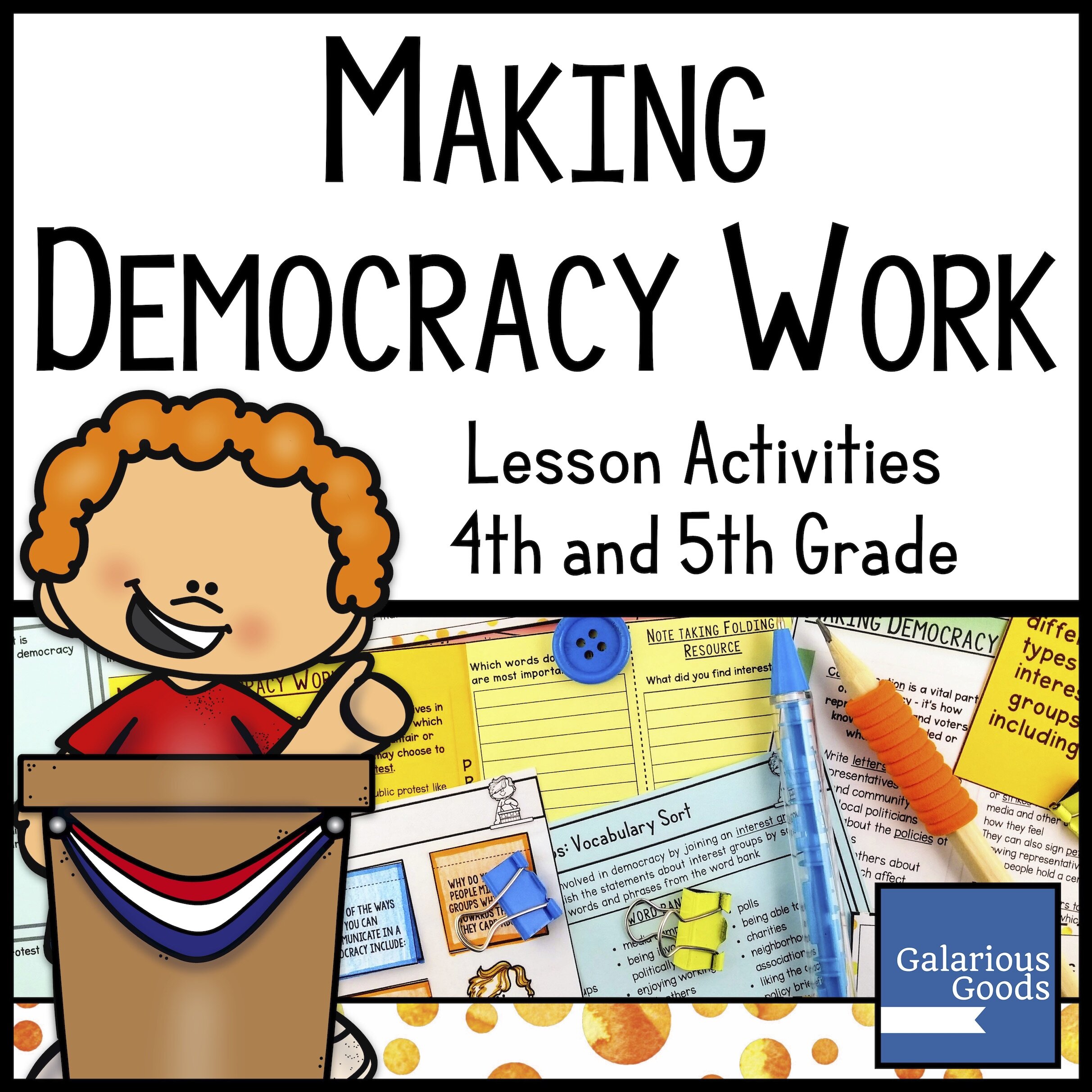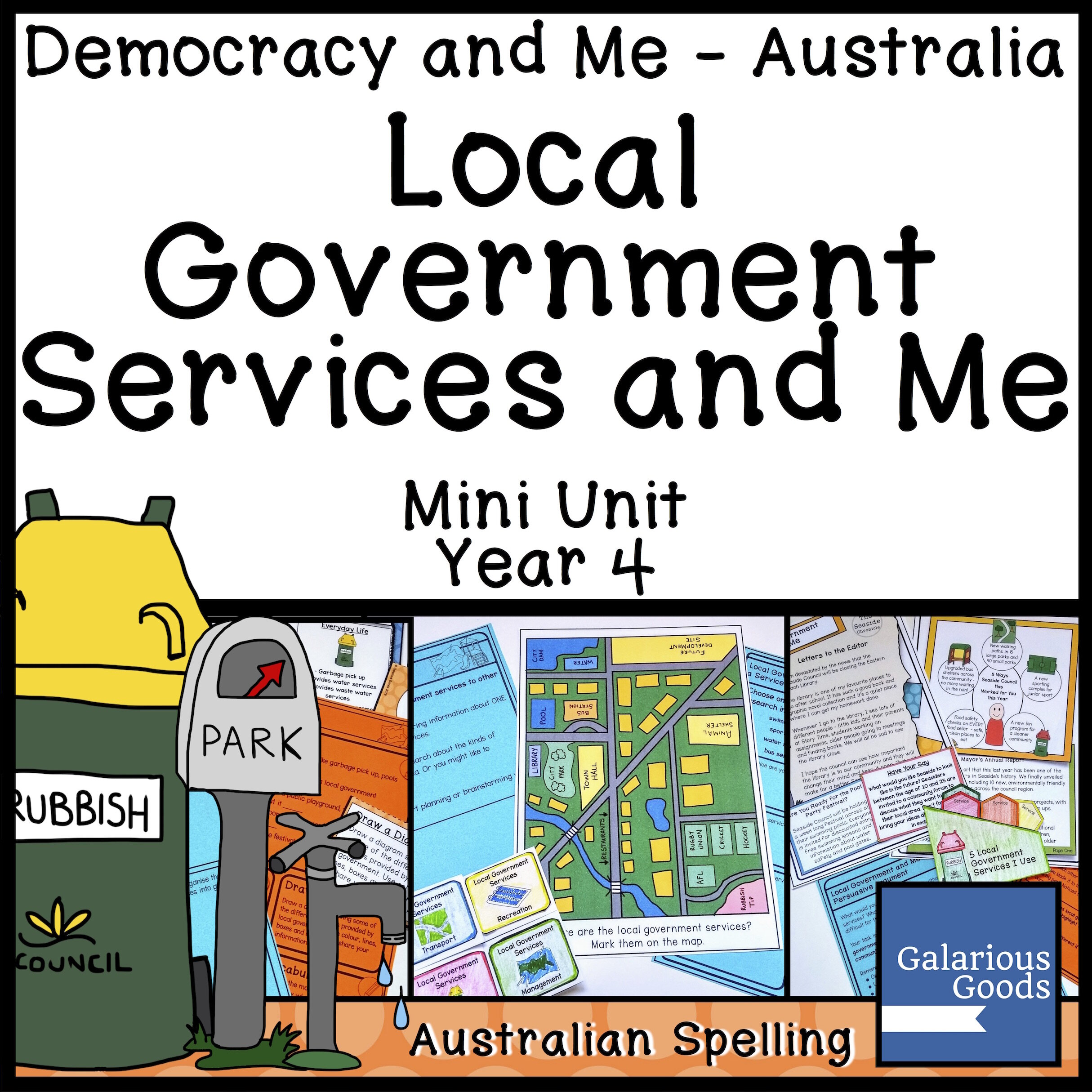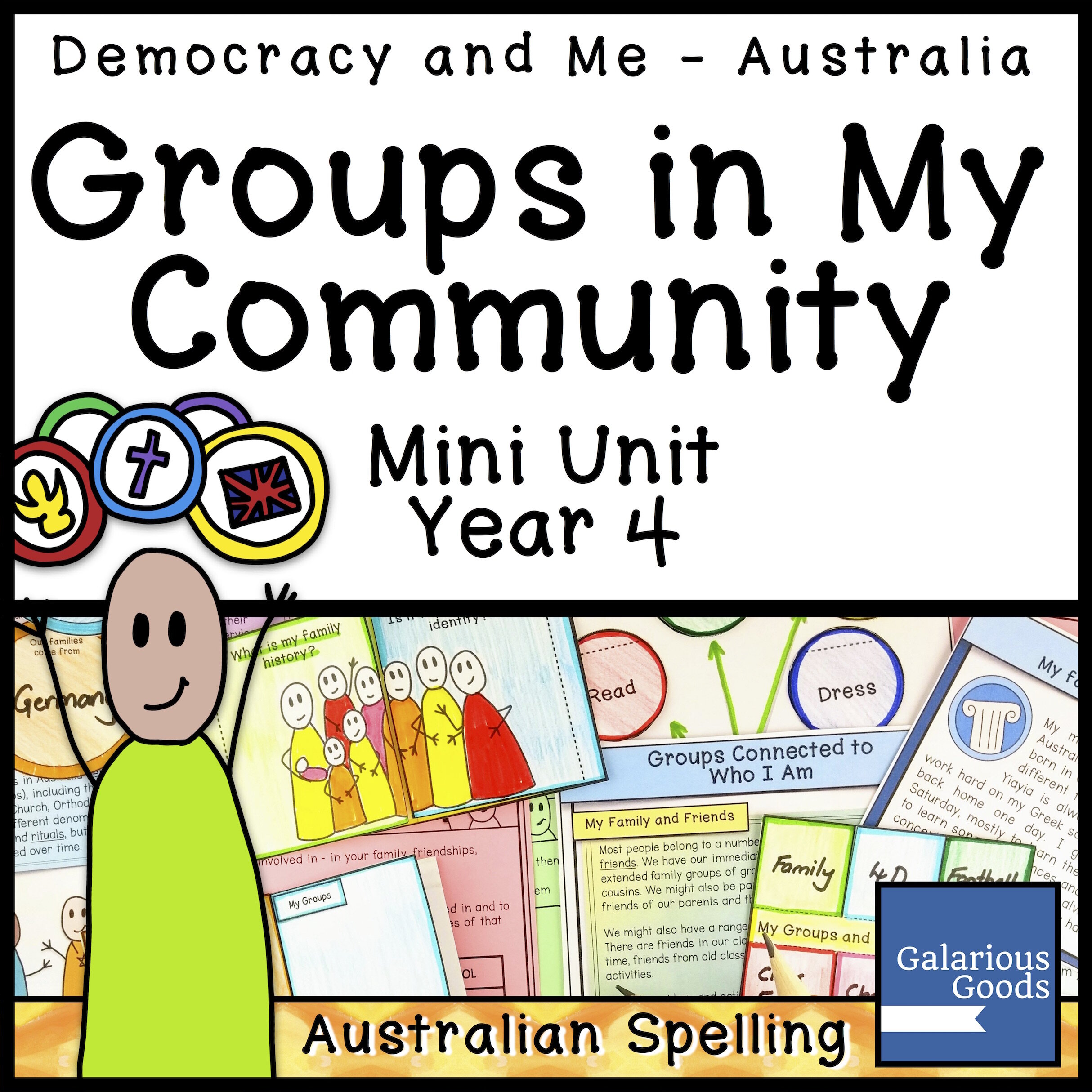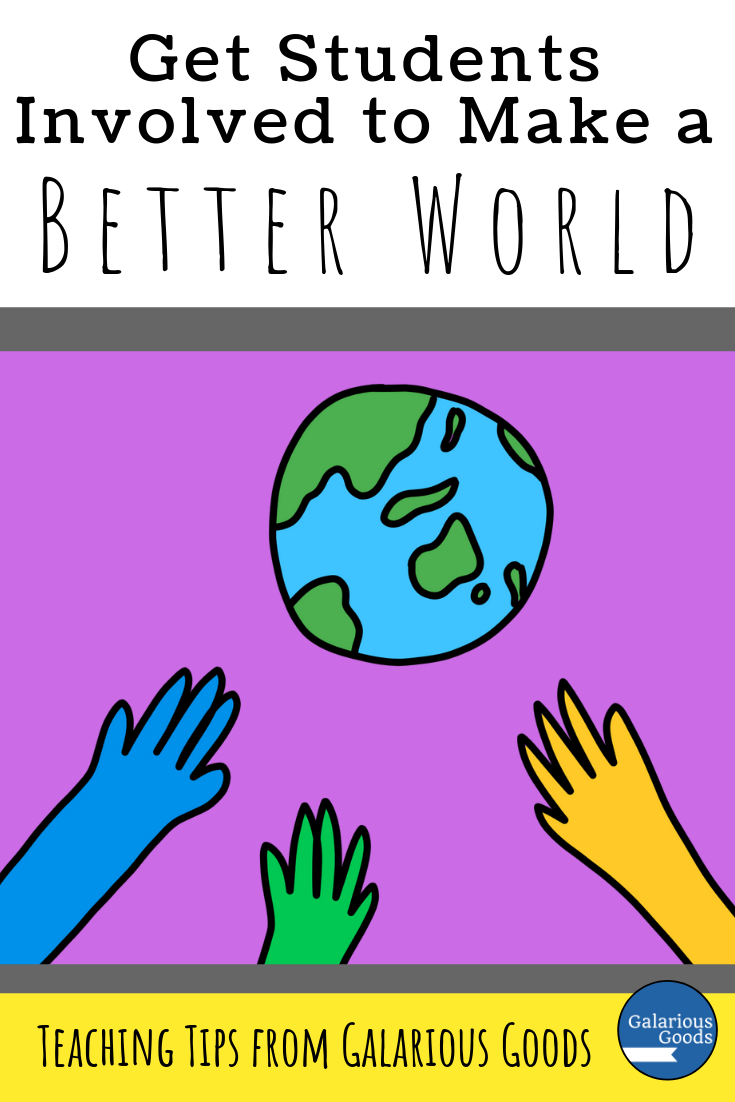Why You Should Share Kamala and Maya's Big Idea in Your Classroom
/One of my favourite books of 2020 was Kamala and Maya’s Big Idea by Meena Harris and Ana Ramírez González. This lovely picture book tells a fictionalised story about Kamala Harris and her sister Maya and a project they undertook as children. And - as a story which focuses on civics and community - it’s perfect for the classroom. Here’s some reasons why you should share it in your classroom and some ways you might like to explore it with your students.
1. Being aware of issues in our community
It’s hard to make improvements in our community if we don’t know about or understand the issues. At the beginning of Kamala and Maya’s Big Idea, the two girls have a very big idea to create a playground outside. They’ve spotted something which can be improved and have ideas about how to improve it.
Students can have great ideas about their community and the things they’d like to see improved when we give them the opportunity to learn more about different issues and the space to suggest a future they’d like to see. Kamala and Maya’s Big Idea is a great prompting text for students to reflect on their own community and different things they notice or would like to improve.
Activity Idea: Ask students to reflect on what their ideal neighbourhood or school would be like. While some ideas are sure to be a little outlandish, students will also have thoughts on real improvements which can be made.
2. Working with others to solve problems
In the book, Kamala and Maya don’t achieve their goal on their own. They work with other kids in the building, get help from their parents and neighbours in the building to raise interest. They build things together, raise money together and even get donations of old things from local businesses.
Big problems and big goals can be hard to solve on our own, but when people work together those big things can be broken into smaller pieces. This is a great way for students to talk about organising groups of people, about how to make decisions in these groups and how to respect the ideas of others when planning something.
Activity Idea: Work as a group to choose a charity to raise money for. Brainstorm ways to raise the money and think about how the group can work together to make a big job easier.
3. Being persistent and trying different ways to solve problems
Getting their playground isn’t easy and Kamala and Maya have to be persistent and deal with setbacks. They have to convince the landlord that the courtyard can be fixed up, then how to source materials for their playground. Then they need to change their focus on raising money to buy an old slide for the playground. They don’t give up, but they’re also happy to change how they approach things when they need to.
This is such a great message for students to hear and to reflect on. Oftentimes it feels easier to give up when things get really hard. But by thinking about whether you need to change how you’re doing something or by just doing something again, you get another step closer to achieving your goals.
Activity Idea: Ask your students to brainstorm phrases they can say to themselves when they need to be persistent. You can use these phrases as a display in the classroom, or students can create reminder cards with their favourites.
4. Creating community spaces
Kamala and Maya’s goal in the book was to create a happy community space. This is a great opportunity for students to reflect on what makes a great community space and what community spaces exist in their community.
You might like to look beyond playgrounds as well and look at other community spaces which cater to different groups of people. You may include libraries, community centres, communal gardens, nature reserves and walks. Students can reflect on why community spaces are important to people and the benefits of them and what community spaces they would like to see.
Activity Idea: Go on a neighbourhood journey to some local community spaces. Students might like to take photos, draw maps and write notes about the different things they see in these spaces.



